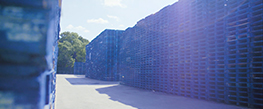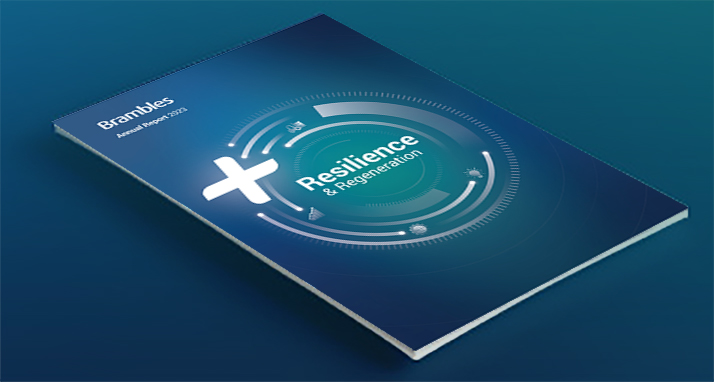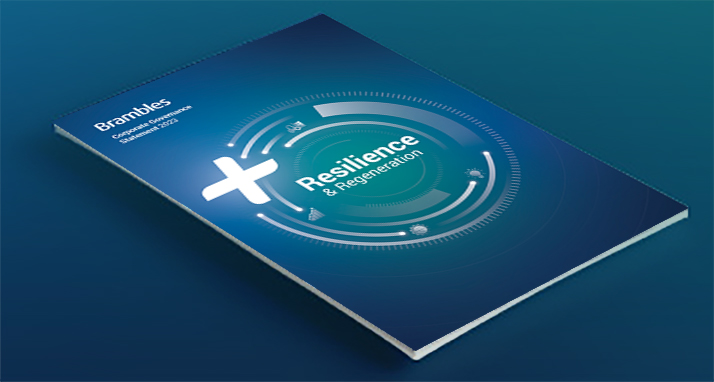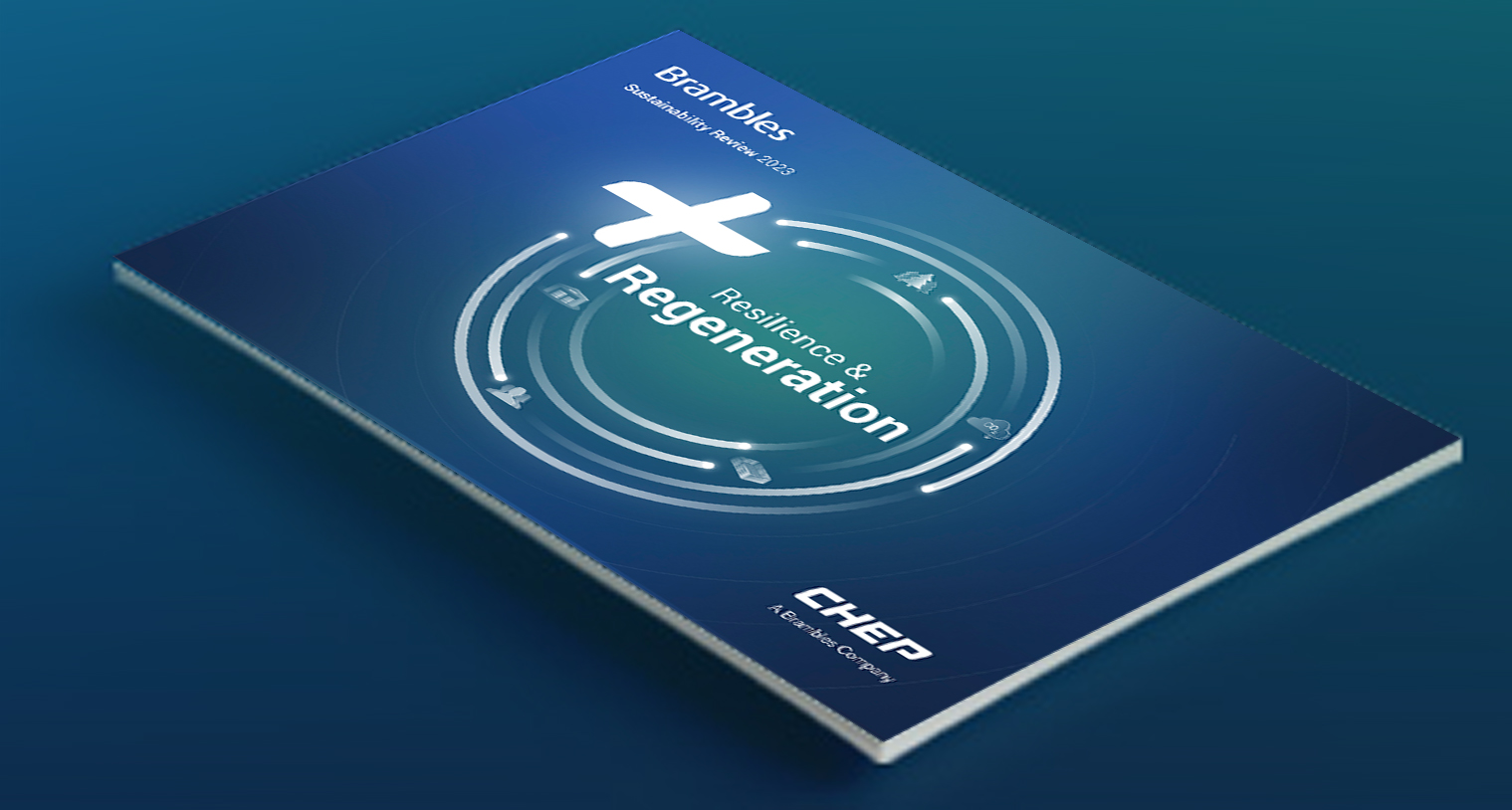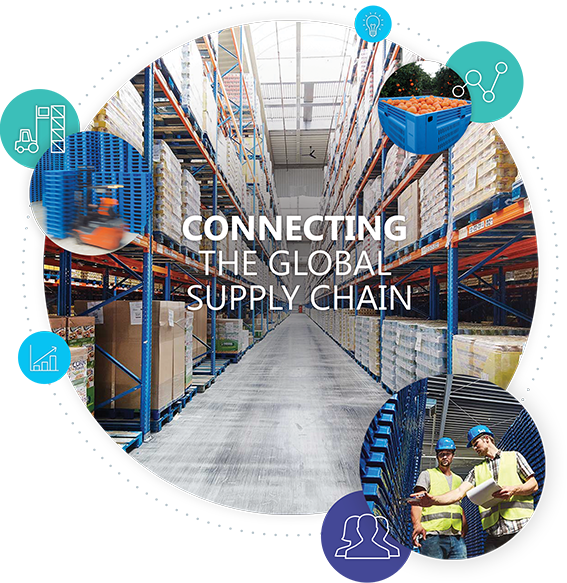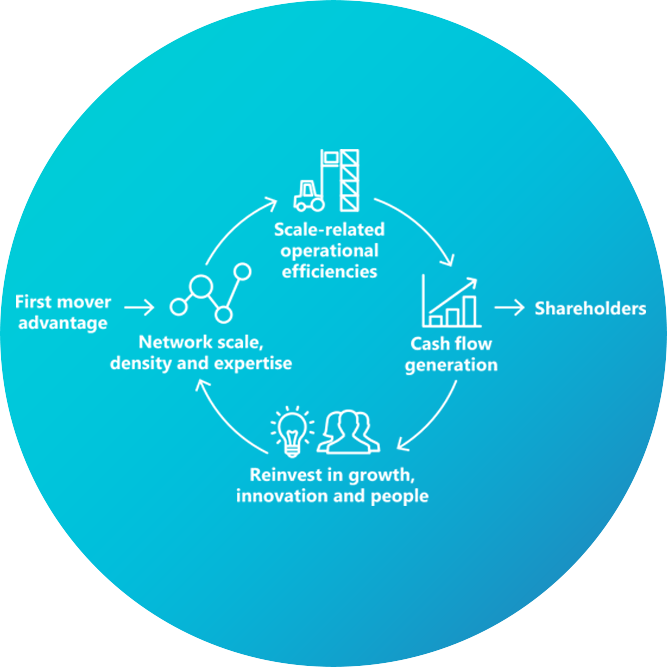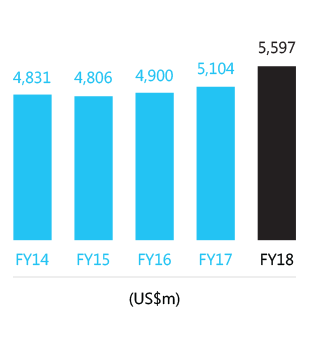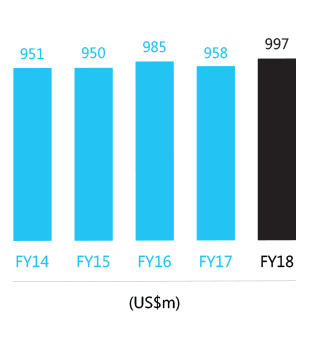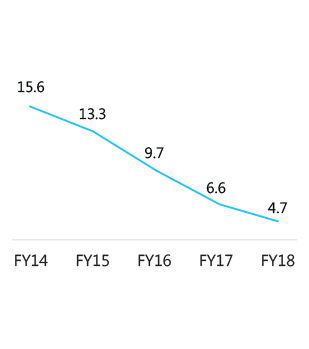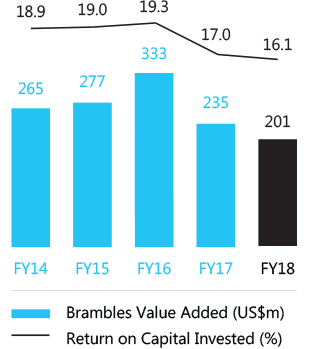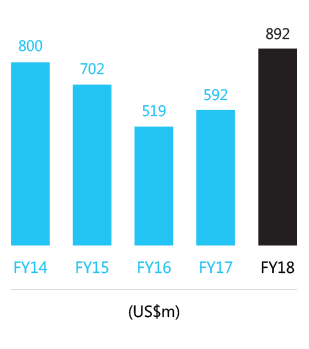Menu
-
Company
-
Investor Centre
- Our Performance ASX Announcements Investor Presentations Key Financials News Results Centre Share Price
- Shareholder Information Annual General Meetings Dividends/Special Distributions Financial Calendar Green Finance Framework Recall Demerger Shareholder Services Shareholder Communication Options TCFD Disclosure
-
Corporate Governance
-
Sustainability
Our Sustainability Strategy
Our 2025 Sustainability TargetsOur 2020 Sustainability GoalsOur 2020 Goal AchievementsOur net-zero roadmap- Our Sustainability Strategy Our 2025 Sustainability Targets Our 2020 Sustainability Goals Our 2020 Goal Achievements Our net-zero roadmap
- Reporting & Governance ESG Navigator Global Reporting Initiative Index UN Global Compact Sustainability Governance Sustainability Review Sustainability Case Studies
- Contact us
